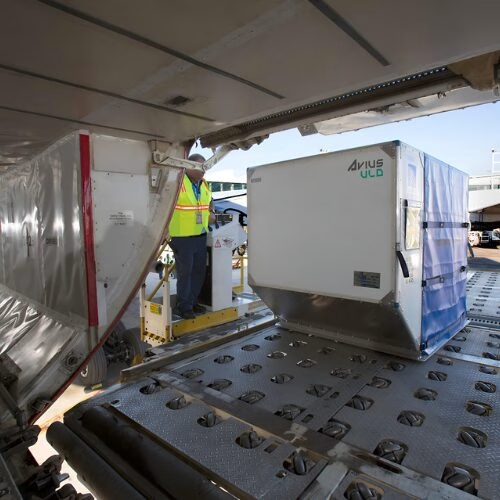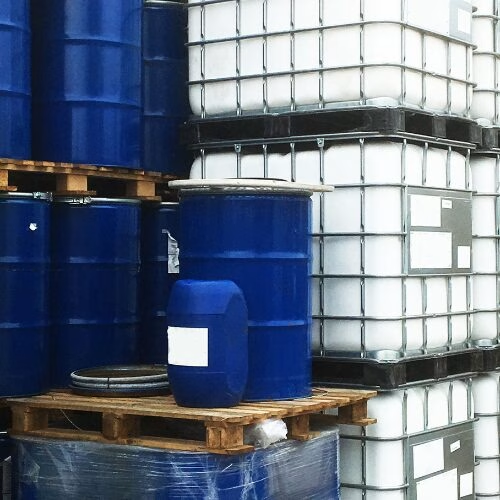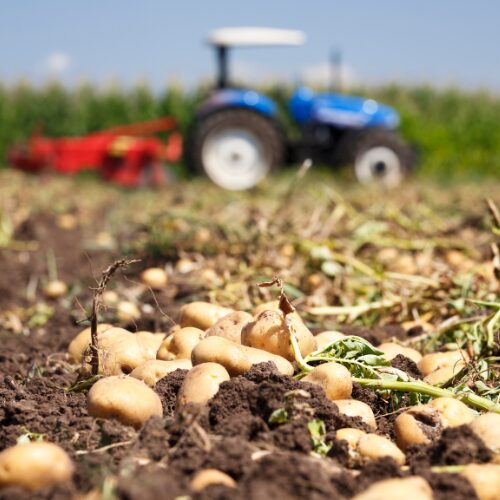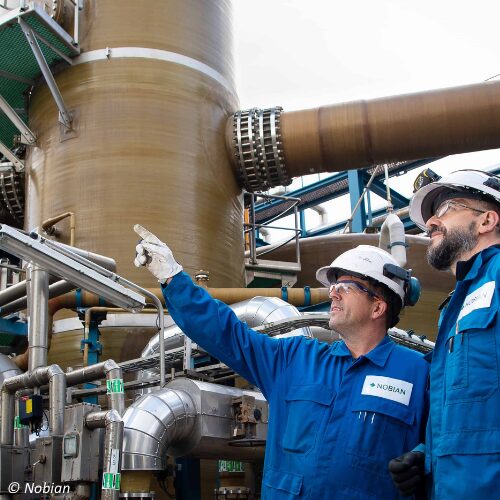AviusULD designs, manufactures, and maintains air freight containers and pallets (unit load devices, or ULDs) used by airlines and freight operators worldwide. In collaboration with AviusULD, Ecomatters carried out both a product footprint (LCA) and an organisational footprint (Scope 1–3). Both studies point to the same conclusion: the use phase dominates the carbon footprint of air freight containers and pallets, with weight as the main driver of impacts.
Sustainability in the aviation industry
Aviation plays a central role in global trade but is also one of the most challenging sectors to decarbonise. Efforts often focus on improving aircraft efficiency and the development of sustainable fuels, yet smaller operational choices can also make a difference. One of these levers is the design and use of air freight containers. By examining their carbon footprint in detail, organisations can identify where reductions are most effective and reduce their Scope 3 emissions.
Organisational footprint
Our organisational footprint study mapped AviusULD’s emissions across Scope 1 (direct operations), Scope 2 (energy use), and Scope 3 (value chain), following the standards set by the GHG protocol. As in many sectors, value chain emissions dominated the organisational carbon footprint. Within these, the use phase of containers and pallets was by far the largest contributor, confirming that operational emissions during flight represent the greatest climate impact. The second highest contributor was raw material use, which is directly linked to the weight. These findings highlight the importance for AviusULD and their customers to address ULD weight and performance as a strategic lever for emissions reduction.
Product footprint
In parallel, Ecomatters performed a cradle-to-grave life cycle assessment (LCA) of standard ULD containers and pallets, in line with ISO 14040 and ISO 14044 standards. The results were clear: more than 99% of the emissions occur during the use phase, driven by the fuel required to carry the weight of the ULD. Lightweight panel materials such as composite materials can deliver approximately 20% lower use phase emissions compared to conventional aluminium materials. While end-of-life and recyclability of the panel materials remain important, their overall impact is limited compared to the savings achieved through weight reduction.
Outcome
By combining organisational and product-level perspectives, we confirmed that the carbon footprint of air freight containers and pallets is dominated by their in-flight use. The second largest driver is raw material production, where factors such as recyclability and the sourcing of low-carbon materials play a key role. Producers of air freight ULDs such as AviusULD can influence these things directly, while airlines and logistics operators can address it through their procurement choices. Together, these insights are highly relevant for organisations seeking to meet climate targets and to improve their Scope 3 emissions.
If you would like to discuss working with Ecomatters on your organisational or product carbon footprint, or if you have questions about how we can help you reach your sustainability goals, contact us or schedule a call with one of our experts.











